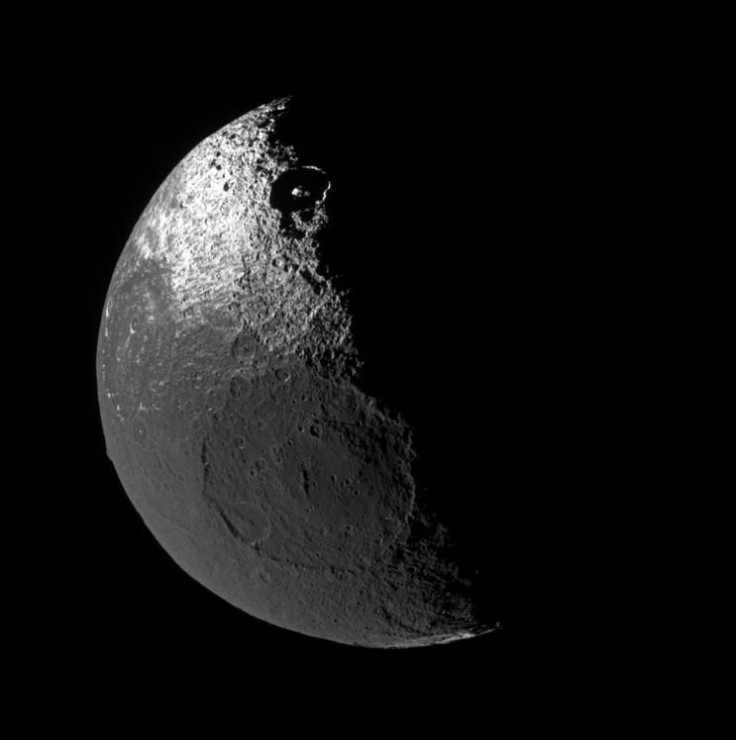Tardigrades On The Moon Allegedly Survived The Israeli Lunar Lander Crash

Tardigrades were accidentally spilled on the surface of the moon after possibly surviving an Israeli Lunar Lander crash.
What started out as a smooth mission to land on the moon did not go as expected. The monitoring team at Israel Aerospace Industries mission control in Yehud, Israel, looking at the amount of data transmitted back to earth by Beresheet, their lunar lander, was speechless for hours. They witnessed the numbers on their monitor screens, and they eventually lost contact with the lunar lander.
Although there were no actual footage that the lander crashed, after studying the scene, the monitoring team concluded that the spacecraft truly crashed on the moon, leaving many of them shocked for at least one day.
Beresheet contained the very first lunar library which is about the size of a DVD but can store carrying up to 30 million pages of information, human DNA samples and thousands of tardigrades. Tardigrades are microscopic animals also called the water bears to have the capacity to survive in any kind of environment.
Nova Spivack, founder of the Arch Mission Foundation, a nonprofit organization aiming to create a backup of the planet earth, watched what was happening from the other side of the earth. Studying the trajectory of the lunar lander, she believed that the lunar library could have survived the crash.
Having the hope of the lunar library survival, Spivack also believed that there is hope in the targidrades survival rate. She said that the water bears have the capacity to be revived as, based on previous records, there were tardigrades that underwent 10 years of dehydration. Surprisingly, scientists were able to revive them after giving the right amount of rehydration.
Good thing, sending the tardigrades to the moon did not violate any government rule according to the NASA’s Office of Planetary Protection. This comes completely opposite to the set rule in sending someone to Mars as intensive sanitation and sterilization needs to be done.
Spivack is now formulating a plan to pursue the sending of another lunar lander to the moon with th eplan to send out more DNA samples with the DNA library, including more tardigrades.
© Copyright IBTimes 2025. All rights reserved.



















